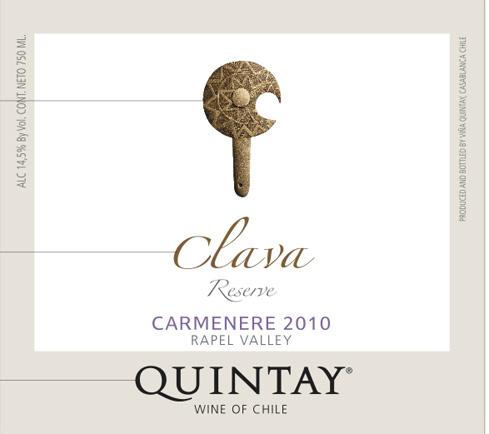2010 Rapel Valley Carmenere
Quintay Clava Clava Reserve is a captivating red wine from the renowned Rapel Valley, showcasing the rich characteristics of the Carmenere varietal. With its deep garnet hue, this vintage exudes an inviting allure, hinting at the complexity within. The wine presents a full-bodied profile, balanced by moderate acidity that provides a refreshing lift. Its fruit intensity is pronounced, offering luscious flavors of blackcurrant and plum, complemented by subtle hints of spice and tobacco. The tannins are notably firm, contributing structure while allowing the fruit to shine through. As a dry wine, it demonstrates a harmonious integration of elements, making it an excellent pairing for rich dishes or a delightful sip on its own.
Quintay Clava Clava Reserve is a captivating red wine from the renowned Rapel Valley, showcasing the rich characteristics of the Carmenere varietal. With its deep garnet hue, this vintage exudes an inviting allure, hinting at the complexity within. The wine presents a full-bodied profile, balanced by moderate acidity that provides a refreshing lift. Its fruit intensity is pronounced, offering luscious flavors of blackcurrant and plum, complemented by subtle hints of spice and tobacco. The tannins are notably firm, contributing structure while allowing the fruit to shine through. As a dry wine, it demonstrates a harmonious integration of elements, making it an excellent pairing for rich dishes or a delightful sip on its own.




